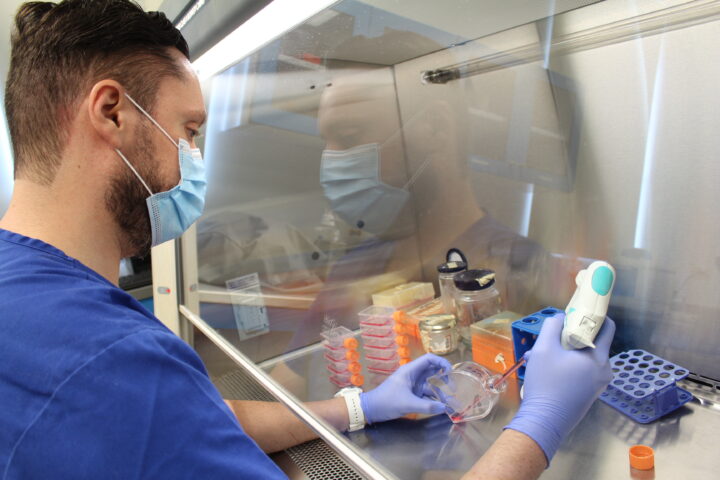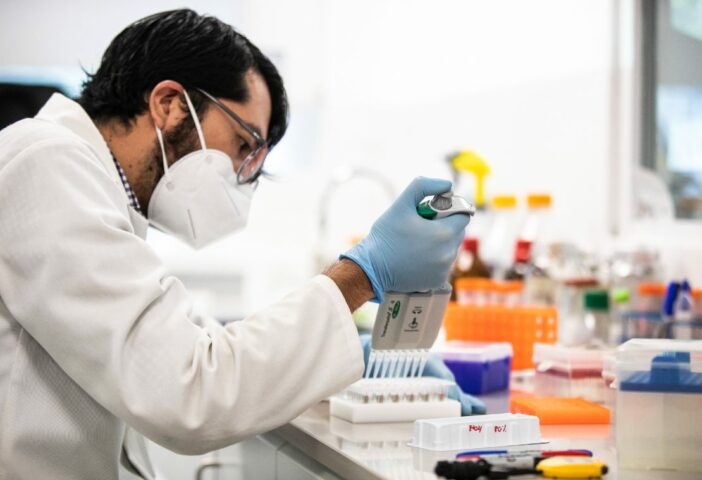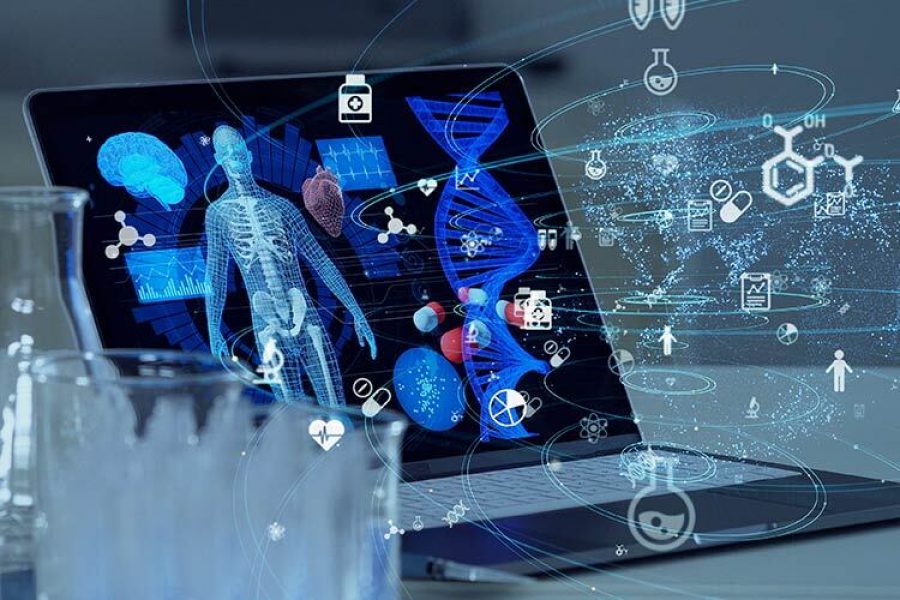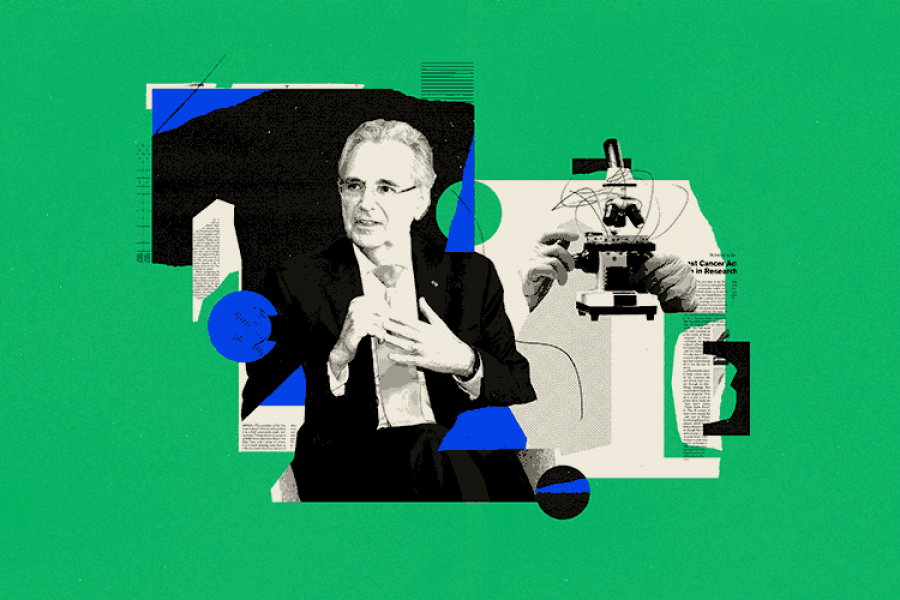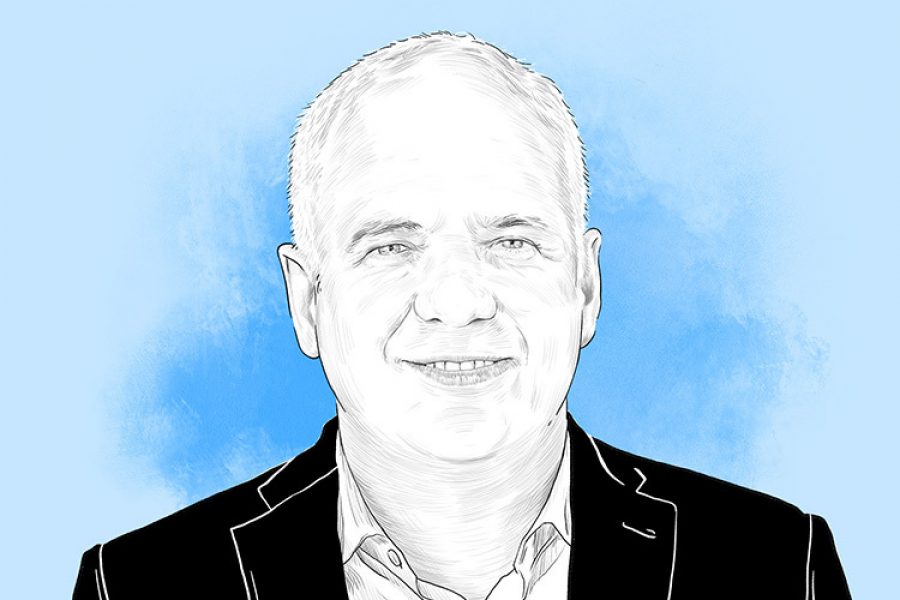Attention deficit hyperactivity disorder (ADHD) is increasingly better understood, which makes treatment possible, allowing those who live with it to lead a fulfilling life. However, late diagnosis in adults continues to be a challenge.
“There is a significant percentage of people who have it and reach adulthood without knowing it,” says José Antonio Infante, neuropediatrician at TecSalud’s Zambrano Hellion Hospital, in an interview with TecScience.
Around 6.8% of adults worldwide have symptomatic ADHD. Still, it is common for it to go undiagnosed because most do not have frequent contact with people who know how to detect it, unlike children who spend time with teachers and pediatricians regularly.
In Latin America, around 36 million people have this condition, but less than a quarter receive adequate treatment. The same occurs in the United States, where it is estimated that approximately 8.7 million have it, but only 20% are treated.
The consequences of this lack of diagnosis and treatment are essential because, generally, people with ADHD have poor time management, as well as a lack of motivation and concentration, which, according to Infante, is related to “chronic depression, work, personal, and even legal problems.”
What are the Symptoms of AHDH in Adults?
ADHD is a neurodevelopmental disorder that results in difficulty paying attention, being hyperactive, or having impulsive behaviors: “impulsivity is an important factor that is almost never mentioned,” explains the expert.
There are three main types of ADHD: predominantly inattentive, predominantly hyperactive and impulsive, and combined. The latter is the most common; in all cases, there are patients with mild, moderate, and severe symptoms.
The causes are still unclear, but it is known that there is a genetic factor, as well as issues in development or the environment, that lead to problems in neurotransmitter deregulation or lack of connectivity in some regions of the brain, such as the prefrontal cortex.
“It can be detected as early as three years of age, but it is chronic, remaining throughout life,” says the neuropediatrician. Fortunately, with proper management, most symptoms can be alleviated.
Therefore, the ideal is early diagnosis so experts are also able to detect if ADHD is associated with other conditions such as memory, language, or executive function disorders, anxiety, depression, sleep disorders, tics, or problems in motor skills.
Generally, three or four added situations like these (also called comorbidities) are combined with the disorder. “Almost 30% of people with ADHD have problems with fine motor skills and coordination, such as difficulty tying their shoes or buttoning their clothes,” explains Infante.
Adults With Undiagnosed ADHD
To diagnose it, neurologists and neuropediatricians use standardized questionnaires to determine whether the symptoms are due to ADHD or other factors, such as mood disorders. There are also other tools to complement it, such as computer programs that measure attention.
“We all have a lack of attention or hyperactivity sometimes, but if the symptoms continually affect people’s lives, it may be ADHD,” says the doctor who specializes in this disorder, epilepsy, and autism spectrum disorder.
Currently, there is talk that infants and adolescents are overdiagnosed, and people who have similar symptoms are incorrectly diagnosed with it. However, the neuropediatrician believes this could be due to consulting with general doctors or ones who specialize in other areas.
On the other hand, an underdiagnosis has been reported in adults where many do not know they have ADHD but have complications in their daily life.
People who suffer from it usually experience restlessness, disorganization, lack of motivation, forgetfulness, difficulty managing time, changing emotions, and indecision. Impulsivity has also been associated with a greater likelihood of substance abuse or criminal activity.
A study conducted in Norrtälje prison, near Stockholm, Sweden, found that 40% of its prisoners had ADHD. Another one found that compared to the general population -which shows a prevalence of around 7%- there is a prevalence of 26% in prison populations of the condition, which represents an incidence that is five times higher.
“The consequence of having untreated impulsivity is obvious here,” says Infante.
Although having ADHD does not mean that people with this condition will get into trouble with the law, it can make it more difficult for them to control their impulses and emotions, manage their behavior, or understand the rules.
This can lead them to give in to impulsive thoughts more easily, leading them to drunk driving, get into fights, or break into strangers’ houses, for example.
Early Diagnosis and Treatments
For these reasons, it is extremely important to emphasize early diagnosis and comprehensive treatment, according to Infante.
“It is very common that when we are explaining the manifestations of ADHD to the parents of a child, one or both begin to stir in their seat, and it turns out that they also suffer from it,” recalls the expert.
For him, it is crucial to remember that the disorder has a genetic factor and that many times it is the parents who inherited it from their children, but due to the lack of information that existed in past decades, they did not know how to detect it in time.
Treatment varies depending on the severity of the case and the associated conditions, but it usually includes cognitive-behavioral therapy, medications, speech therapy, or occupational therapy.
“ADHD is a real disorder that lasts a lifetime; a multidisciplinary management is possible,” says Infante.
Were you interested in this story? Do you want to publish it? Contact our content editor to learn more marianaleonm@tec.mx

